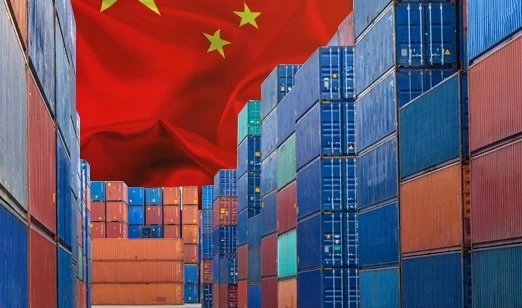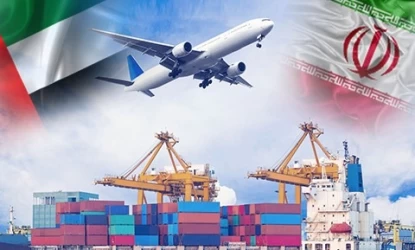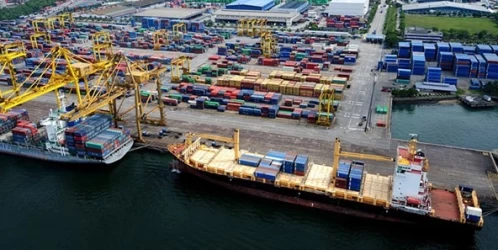Guide to Trade with China: Imports
China is one of the world’s largest exporters, making it a crucial partner for businesses looking to import goods. Understanding the intricacies of importing from China can significantly impact your business’s success. This guide aims to provide a comprehensive overview of the process, from initial research to final delivery.
Research and Planning
Understanding Your Market
Before initiating any import activities, it’s essential to conduct thorough market research. Identify products that are in demand and profitable. Tools like Google Trends and industry reports can provide valuable insights into current market trends and consumer preferences. Consider factors such as competition, profit margins, shipping costs, and customs regulations.
Regulations and Compliance
Importing goods involves navigating a complex landscape of regulations and compliance requirements. Familiarize yourself with both your country’s and China’s laws to avoid legal issues. This includes understanding import duties, which are taxes imposed based on the value of the goods, their country of origin, and classification. Ensure that your products comply with safety and quality standards to avoid penalties.
Sourcing and Negotiation
Finding Reliable Suppliers
Choosing the right supplier is critical to the success of importing from China. Platforms like Alibaba and Global Sources are excellent starting points. You can also attend trade shows or seek personal referrals. Once you have a list of potential suppliers, evaluate them based on their reliability, product quality, and pricing.
Negotiating Terms
Effective negotiation can save you a significant amount of money. Discuss terms such as price, payment methods, delivery schedules, and quality standards. Building a good relationship with your supplier can provide more leeway in negotiations.
Legal and Documentation Requirements
Essential Documents
The Chinese importer will typically gather the necessary documents for importing goods and provide them to Chinese Customs agents. These documents may include:
- Bill of lading
- Invoice
- Shipping list
- Customs declaration
- Insurance policy
- Sales contract
- Import quota certificate (if applicable)
- Import license (if applicable)
- Inspection certificate (if applicable)
- Other safety or quality licenses
Compliance with Regulations
Ensure that all your documents are in order and comply with both Chinese and your country’s regulations. This will help avoid delays and additional costs during the customs clearance process.
Shipping and Logistics
Choosing the Right Shipping Method
The choice of shipping method depends on factors such as the type of goods, delivery time, and cost. Common shipping methods include air freight, sea freight, and express courier services. Each method has its pros and cons, so choose the one that best suits your needs.
Understanding Incoterms
Incoterms are international commercial terms that define the responsibilities of buyers and sellers in international transactions. Familiarize yourself with terms like FOB (Free on Board), CIF (Cost, Insurance, and Freight), and DDP (Delivered Duty Paid) to understand your obligations and costs.
Quality Control and Inspection
Pre-shipment Inspection
Conducting a pre-shipment inspection ensures that the products meet your quality standards before they are shipped. This can help avoid issues such as defective products or incorrect quantities.
Quality Control Measures
Implement quality control measures throughout the production process. This can include regular factory visits, third-party inspections, and sample testing.
Customs Clearance and Duties
Preparing for Customs Clearance
Gather all necessary documents and ensure they are correctly filled out. This includes the bill of lading, invoice, packing list, and any required certificates.
Paying Import Duties and Taxes
Understand the import duties and taxes applicable to your goods. These are usually based on the value of the goods, their classification, and their country of origin. Ensure timely payment to avoid delays in customs clearance.
Conclusion
Importing from China can be a complex but rewarding process. By understanding the market, complying with regulations, choosing reliable suppliers, and managing logistics effectively, you can optimize your import operations and enhance your competitive edge in the global market. This guide aims to equip you with the knowledge needed to navigate the complexities of importing from China efficiently and effectively.
if you have a specific question or need more details, Iran's logistics experts are your answer!











